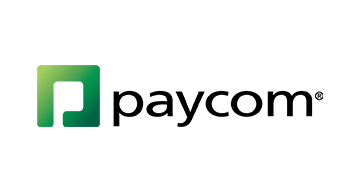In 2024, July 4 fell on a Thursday—and the day after became the third most-requested PTO day of the year, according to Paycom, a provider of cloud-based human capital management software. In fact, the firm found, PTO requests for July 5 soared a full 326% above average.
While Independence Day is on a Friday this year—and approximately 94% of private employers will give their workforce the day off, according to Indeed—HR may still see spikes in PTO requests from workers looking to extend their long weekend. And, according to Tiffany McGowen, senior executive vice president of HR and talent acquisition at Paycom, those requests could create challenges for payroll accuracy and staffing coverage. The firm’s research found that nearly 25% of employees submit PTO requests either on the day they start their vacation or after returning.
The stat suggests a lack of clarity around PTO policies, which McGowen says is a hidden risk to business continuity.
“Unclear PTO policies don’t just frustrate employees—they disrupt operations,” she says, noting that Paycom research found that one-third of employees struggle to understand their company’s time-off policies.
“When time off isn’t documented properly, it can lead to payroll errors, accrual mistakes and staffing gaps—especially during high-demand periods,” she says. “To maintain business continuity, policies need to be simple, consistently enforced and clearly communicated.”
See more: 3 strategies to more effectively use paid time off as a productivity booster
According to McGowen, automation is one way to drive more seamless, mobile-friendly time-off workflows. She says that with the right technology, companies can embed their time-off policies into their HR systems—automating decisions based on limits and removing ambiguity from the process.
For example, a Paycom-automated tool allows employees to submit time-off requests from their phones and receive instant approvals or denials based on company policies and departmental needs.
“Tools like this remove the burden of manual approvals and ensure consistency across teams,” she says. “Plus, with full-solution automation, an approved time off request immediately and accurately updates other HR tasks in the workflow, such as accruals, employee schedules or payroll.”
Capturing the ROI
As tech is integrated to automate the PTO request process, HR must prioritize clear messaging to ensure strong adoption, maximize ROI and reduce peak-season strain, McGowen says.
For example, during the summer, when PTO requests rise by 40%, efficient and automated processes can alleviate the pressures of understaffing, she explains. She adds that organizations that adopt full-solution automation and properly convey their procedures should see a sizeable impact on productivity and ROI.
“It’s important that organizations thoroughly communicate expectations around HR procedures and hold employees accountable for following the process,” she says.
Credit: Source link











